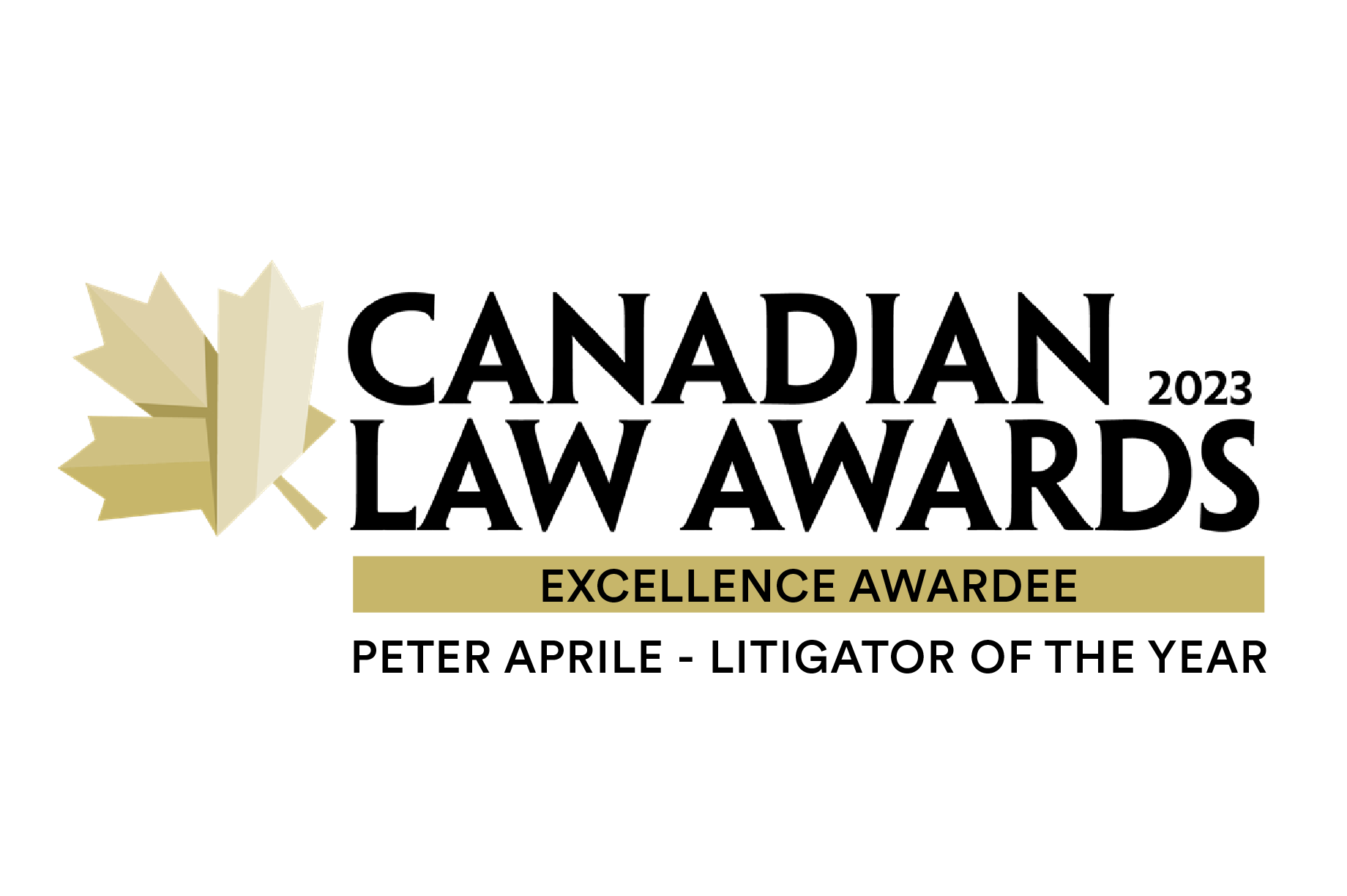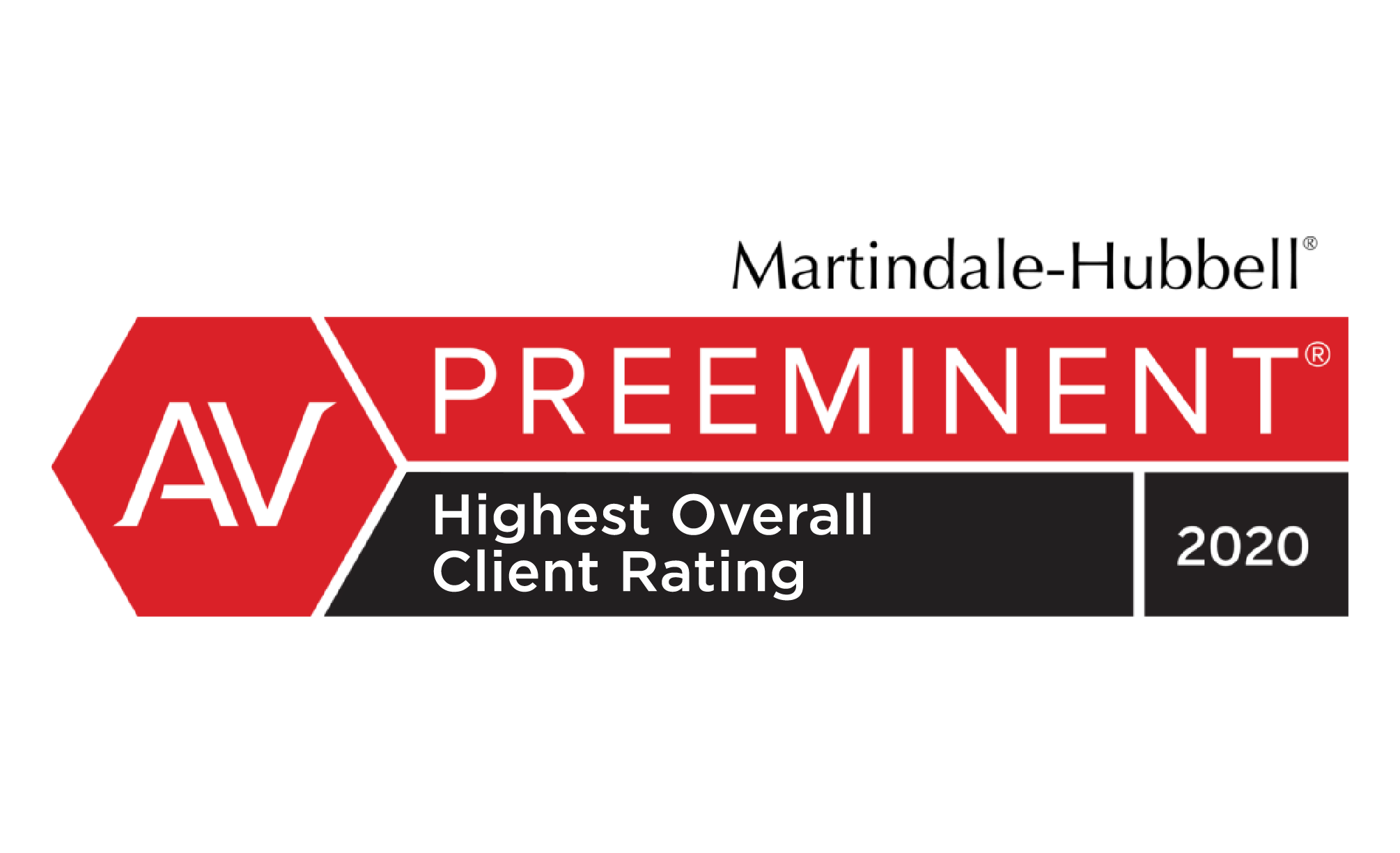
Key Takeaways
- CRA challenges often evolve from mechanical to interpretive tests. The decisive factor is not a structure’s mechanics but whether its interpretive elements hold up under scrutiny.
- Meeting the mechanical requirements of legislation ensures compliance; meeting the interpretive requirements determines whether a structure endures under review.
- The degree of control private companies retain under CRA pressure depends on understanding both dimensions, and on how interpretive requirements are reinforced in practice.
The Situation
Two founders reorganized their construction group through a new holding company. The plan created nearly $1 million of paid-up capital on paper, then used that capital to clear shareholder loans tax-free. The CRA applied the GAAR, and the Tax Court agreed – both appeals were denied, with costs fixed at $8,500.
Where the Income Tax Act Shifts from Mechanics to Meaning
| Provision | Mechanical Requirement | Interpretive Requirement | Relevance to D’Arcy v. HMK |
|---|---|---|---|
| s. 84.1 | Limits extraction of corporate surplus through non-arm’s-length share transfers. | Interpreted to protect the integrity of dividend taxation — allowing tax-free returns only when capital has been genuinely contributed. | The structure complied mechanically, but the Tax Court found its purpose frustrated s. 84.1 by enabling surplus extraction without new capital. |
| s. 89(1) | Defines and governs the averaging of paid-up capital (PUC). | Interpreted to prevent artificial inflation of PUC that re-characterizes income as capital. | PUC averaging was used mechanically to inflate PUC; interpretively, the court viewed this as defeating the section’s intent. |
| s. 245 (GAAR) | Authorizes reassessment when an avoidance transaction misuses or abuses the Act’s provisions. | Interpreted purposively to test whether a transaction’s outcome aligns with the Act’s object, spirit, and purpose. | GAAR became the interpretive bridge — converting a mechanically compliant series into an intention test. |
What Made the Difference
The decisive factor wasn’t the plan’s sophistication, but its purpose made visible. The record showed the goal was to unlock cash tax-free. The Court accepted that the taxpayers may have had a broader business purpose – creditor-proofing – but emphasized that a valid objective does not erase the presence of avoidance transactions.
Intention often becomes the focal point of CRA pressure. When it isn’t clarified, tested, and reinforced early, CRA scrutiny defines it instead. In the end, the outcome the structure was designed to achieve overshadowed the taxpayer’s stated intention. When the primary purpose was clear, the creditor-proofing rationale no longer carried weight.
The Signal for Business Leaders
D’Arcy v. HMK shows how intention becomes the operative test when CRA scrutiny begins. By moving from mechanical accuracy to assessing taxpayer intention and legislative purpose, the CRA directs the review toward areas where most private companies and structures are least prepared — intention and rationale.
In many private companies, tax structures are built to satisfy the mechanical requirements of legislation rather than the interpretive requirements that determine whether they hold under CRA pressure.
Among private companies, the point of difference lies in how interpretive requirements are reinforced. Some depend on advisors whose work focuses on mechanical elements and ends once the structure is put in place.
Mechanics and form alone seldom hold when tested. The most resilient organizations engage advisors who combine mechanical execution with interpretive depth — helping clarify and strengthen intention as CRA challenges arise. And they extend that discipline internally, using finance leadership and governance routines.
When CRA pressure begins, reinforcement can still occur, though under different conditions. Organizations that maintain control use the challenge to clarify intention — not only through mechanical precision but through structured judgement and credible reasoning. They create clarity through disciplines designed to make intention visible under scrutiny.
Across D’Arcy v. HMK and similar cases, differences in outcome turn on interpretive depth and reinforcement, not on mechanical precision alone.
Case Reference: D’Arcy v. The King, 2025 TCC 128

.jpg?width=120&name=Counter%20Tax%20Litigators%20Logo%20Stacked%20(MidnightBlue%20on%20White).jpg)













.png?width=400&height=400&name=CT-How_Can_We_Help-22_july_NewGraphic_b(small).png)

.png?width=1386&height=1224&name=2025%20Legal500%20Elite%20Boutique%20Award%20(Badge).png)
.png?width=1386&height=1224&name=ITR%20Finalist%20Practice%20Leader%20of%20Year%20Peter%20Aprile%202024%20(Badge).png)
.png?width=1386&height=1224&name=2025%20Legal500%20Leading%20Firm%20Client%20Satisfaction%20Award%20(Badge).png)





.png?width=1386&height=1224&name=ITR%20Tax%20Innovator%20Finalist%202024%20Award%20(Badge).png)
